If you are trying to decide between UC vs CSU schools, here is an article that covers the differences and similarities between the two university systems in the state of California. Both are public university systems in the Golden State, offering different academic cultures, campus ethos and post-graduation outcomes to its students.
The University of California system (UC) was established in 1868 in Oakland before moving to Berkeley in 1873. It is a public land-grant research university system composed of ten campuses spread throughout the state. Renowned for their academic excellence and cutting-edge research opportunities, UC schools are some of the top-ranked institutions of higher education in the United States.
The California State University system (Cal State or CSU) dates back to the 1960s when the state legislature enacted a plan to provide quality education and improve employability at an affordable cost. While the system was implemented in the 1960s, the individual colleges comprising CSU have histories going further behind. In fact, CSU San Jose even predates UC Berkeley, and is the oldest college in California. Today, there are 23 schools under CSU with an enrollment of over 435,000 undergraduates. With campuses spread across the urban and rural areas of California, Cal State colleges focus more on practical learning and employability than research.
That said, as a prospective student, what are the differences between UC and CSU? Is UC better than CSU? Are UC and CSU the same? How can one choose a side in the debate of the University of California versus California State University? Keep reading to find the answers.
UC vs CSU: A Quick Glance

The public higher education system in California has 3 main arms: the University of California, California State University and California Community Colleges (CCC). CCCs are designed for those wanting to pursue diplomas or take courses to prepare for college.
CSU and UC are both university systems that offer degrees to its students. They both have multiple campuses across the state and together include 33 schools. Despite their shared renown and function, they differ vastly in the following areas.
1. Ranking:
All UC schools are ranked very high, some featuring in the list of top 10 in the world while CSU schools are not. With rankings come prestige, global renown and academic rigour that is expected from UC students.
2. Costs:
CSU schools are significantly more affordable than UC campuses since they were established to provide affordable education. Both universities also have numerous financial aid options for their students, especially California residents or US citizens.
3. Programs:
By sheer number, CSU, with its 23 constituent schools, offers more programs than UC. They are also known for their specialised programs, such as agriculture and maritime studies. Their courses are vocation and practise-based, while UC courses are academic, professional, and research-oriented.
4. Selectivity:
With some of the top universities in the country, UC has a highly selective admissions process with very low acceptance rates. CSU’s acceptance rates range from 35 – 95%.
5. Housing:
Most UC students live on, or near campus while CSU gets a majority of commuter students.
| University of California | California State University | |
| Established in | 1868 | 1960 |
| Ownership | Public land-grant research university | Public university |
| Location | Major California Cities | Spread across urban and rural areas of California |
| Number of constituent Schools | 10 | 23 |
| Enrollment | 295,573 | 454,640 |
| Highest Ranking |
|
|
| Lowest Ranking | UC Santa Cruz – 82 | CSU San Bernardino – 63 (Regional rank) |
| Typical Bachelor’s Fees (Residents) | $14,000 | $7,000 |
| Typical Bachelor’s Fees (Non-Residents) | $42,000 | $7,800 |
| Housing | Mostly on, or around campus | Mostly commuter schools |
UC vs CSU: Academics

As mentioned earlier, both are public university systems funded by the California state government. They offer a wide variety of majors that are designed to meet different ends. While the UC schools are geared to focus on academia, higher studies and research, courses at Cal State emphasise teaching and training people for the workforce.
So, if you are asking the question, “Is UC or CSU better?”, the answer depends entirely on what you are looking for. Here is a detailed analysis of the academics in both university systems.
1. Campuses, Rankings and Popular Areas of Study

If ranking and prestige are significant factors in choosing CSU vs UC, then the University of California schools win, hands down. The UC system has the best research university, enrols the absolute best of students from diverse backgrounds and is able to raise exponentially more when it comes to funding. It is globally recognised for its academic rigour and research programs. Here is a list of UC campuses by ranking.
| S.No | UC Campus | Rank (US News National University Rank, 2024) |
Popular Areas of Study |
| 1 | UC Berkeley | 15 | Science, Technology, Engineering and Business |
| 2 | UC Los Angeles | 15 | Psychology, Arts and Humanities |
| 3 | UC Davis | 28 | Computer science, Communication, business and economics |
| 4 | UC San Diego | 28 | Biology, Psychology, Cognitive science, Medicine and Information sciences |
| 5 | UC Irvine | 33 | Social Sciences, Business, Management, Marketing and Computer Science |
| 6 | UC Santa Barbara | 35 | Sociology, Economics, Communication, Environmental Science |
| 7 | UC Merced | 60 | Computer and Mechanical Engineering, Biological Sciences, Business Administration |
| 8 | UC Riverside | 76 | Business, Biology, Experimental Psychology, Political Science |
| 9 | UC Santa Cruz | 82 | Computer and Information Sciences, Managerial Economics, Molecular Biology |
| 10 | UC San Francisco | 16* | Nursing, Psychology, Business, Finance and Marketing |
Note: * – UCSF is ranked 16th in the list of best global universities by US News. However, it only accepts graduate students.
Let us now look at the CSU schools. While not invested in research, they are excellent teaching institutions with strong ties to industries in the areas. They can compete on equal footing with the UCs when looking at career and educational outcomes. However, when it comes to ranking, they do not fare as highly as UC schools.
| S.No | CSU Campus | Rank (US News 2024) |
Popular Areas of Study |
| 1 | San Diego State University | 105/439* | Speech and Communication, Computer, Arts |
| 2 | CSU Long Beach | 105/439* | Business, Visual and Performing Arts, Healthcare |
| 3 | CSU Fullerton | 133/439* | Business, Psychology, Healthcare, Arts |
| 4 | San Francisco State University | 178/439* | Business Management and Marketing, Health professions, Social sciences |
| 5 | CSU Fresno | 185/439* | Management, Psychology, Liberal Arts |
| 6 | CSU East Bay | 280/439* | BBA, Psychology, Kinesiology, Criminal Justice, Biological Sciences, Sociology |
| 7 | California Polytechnic SU, San Luis Obispo | 1 | Engineering, Agriculture, Agriculture and Veterinary Sciences |
| 8 | California Polytechnic SU, Pomona | 3 | BA, Civil and Mechanical Engineering, Hospitality Management |
| 9 | San Jose State University | 4 | Computer Science and Engineering |
| 10 | CSU Stanislaus | 10 | Psychology, Business, Management, Social Sciences |
| 11 | CSU Monterey Bay | 14 | Agriculture, liberal arts, Psychology |
| 12 | CSU Chico | 16 | Construction Management, Nursing, BBA, Agricultural Science |
| 13 | CSU Sacramento | 18 | Computers, Exercise Science, Kinesiology |
| 14 | CSU Los Angeles | 21 | Early Childhood Education, Criminal Justice, Safety Studies, Social Work |
| 15 | CSU Northridge | 25 | Psychology, Business, Physical Education |
| 16 | Sonoma State University | 27 | Liberal arts and Sciences |
| 17 | CSU Channel Islands | 28 | Liberal Studies, Sciences and Business |
| 18 | CSU San Marcos | 28 | Social sciences, Business and Nursing |
| 19 | California Polytechnic SU, Humboldt | 32 | Psychology, Business, Environmental Sciences, Sports |
| 20 | CSU Bakersfield | 34 | Social Sciences, business and humanities |
| 21 | CSU Dominguez Hills | 38 | Business, Psychology, Criminal Justice and Safety Studies, Early Childhood Education |
| 22 | CSU San Bernardino | 63 | Business, Psychology, Healthcare, Arts |
| 23 | CSU Maritime Academy | 2/109* | Marine Science, Mechanical engineering, International relations |
Note: * – The first six Cal State schools ranked out of 439 are national rank. The remaining are US News Regional Universities (West) Ranking. CSU Maritime Academy is ranked 2nd in a list of Regional Colleges (West)
2. Campuses and Acceptance Rates

Another major distinction between these two university systems is that UC schools are much more selective when it comes to their students than when compared to CSU schools. UCLA and UC Berkeley are known for their highly competitive admissions and low acceptance rates.
While traditionally, CSU schools have higher acceptance rates, some programs are highly sought after and can be difficult to get into. For example, Computer Science and Computer Engineering programs at Cal Poly Pomona and Cal Poly San Luis Obispo have lower acceptance rates than some of the UC universities.
Acceptance Rates of University of California campuses
| S.No | UC Campus | Acceptance Rate (Approx.) |
| 1 | UCLA | 9% |
| 2 | UC Berkeley | 11% |
| 3 | UC San Diego | 25% |
| 4 | UC Irvine | 25.7% |
| 5 | UC Santa Barbara | 26% |
| 6 | UC Davis | 37.3% |
| 7 | UC Santa Cruz | 62.8% |
| 8 | UC San Francisco (Only Graduate Study) | 70% |
| 9 | UC Riverside | 70.3% |
| 10 | UC Merced | 88.3% |
Acceptance Rate of California State University Colleges
| S.No | CSU Campus | Acceptance Rates (Approx) |
| 1 | California Polytechnic SU, San Luis Obispo |
28% |
| 2 | San Diego State University | 39% |
| 3 | CSU Long Beach | 40% |
| 4 | California Polytechnic SU, Pomona | 55% |
| 5 | CSU Fullerton | 67% |
| 6 | CSU Northridge | 68% |
| 7 | San Jose State University | 75% |
| 8 | CSU Channel Islands | 81% |
| 9 | CSU East Bay | 82% |
| 10 | Cal Maritime Academy | 82% |
| 11 | CSU Bakersfield | 85% |
| 12 | CSU Los Angeles | 87% |
| 13 | CSU Dominguez Hills | 89% |
| 14 | California Polytechnic SU, Humboldt | 90% |
| 15 | San Francisco State University | 91% |
| 16 | CSU San Bernardino | 91% |
| 17 | CSU Monterey Bay | 92% |
| 18 | CSU Sacramento | 92% |
| 19 | CSU Stanislaus | 93% |
| 20 | Sonoma State University | 94% |
| 21 | CSU San Marcos | 94% |
| 22 | CSU Fresno | 95% |
| 23 | CSU Chico | 95% |
If you study the two tables, it is clear that UC colleges are much more selective in nature, with 6 of the 10 having acceptance rates of less than 50%. In contrast, CSU schools admit a much larger percentage of students who apply to them. However, one has to keep in mind that Acceptance Rates are not absolute figures and can vary widely from year to year. It also depends on the number of applications each school gets. While the figures shown here are average rates, the acceptance rates of individual departments can also vary significantly, depending on their popularity.
3. Degrees and Majors Offered

Between the two California university systems, an immense variety of academic majors are covered. UC offers over 160 academic majors and over 800 degree programs. When it comes to Cal State, you can choose one of the 4,100 degrees offered at the undergraduate and graduate level.
As a prospective student, you are expected to delve deeper into having a clear list of which of the campuses specialize in the specific domain that you are looking to get a degree in. A general understanding is that CSU courses are geared toward technical, vocational, and practice-oriented courses, while UC takes the academic and professional route.
So, if you are looking for highly practical, specialised study areas such as agriculture, maritime studies, engineering technology, or speech and communication, then CSU has better options. If you are planning for graduate studies, research or taking the more conventional approach, then UC is the way to go.
Phd vs EdD: Another important distinguishing factor that separates the two systems when looking at the degrees is the doctoral degree. Only universities under the UC system are permitted to award a PhD since they were legislated as research institutions. However, CSU schools offer EdD (Doctor of Education) programs for candidates who want to pursue leadership positions with real-world focus. This suits their academic culture since many of the Cal State institutions began as teacher colleges and continue to emphasise teaching over research.
4. Class Size and Teaching

While it varies with each campus and each department, UC typically has larger class sizes (around 30 students per class) than CSU. Since the total student body of CSU is spread among 23 schools, the class sizes are slightly smaller, creating a more tight-knit community.
Teaching is the absolute focus at CSU. Professors display a passion for it and communicate constantly with the students. While there are professors who love teaching at UC, it can sometimes take a backseat due to research. Quite a few freshmen classes can also be taught by TAs (varies with the course).
5. Application and Admission Timeline

Both these university systems follow a similar admissions cycle. The following table gives you the key dates for application and admission into bachelor’s degree programs. It is also safe to double-check with the specific department/school of the university that you are applying to just to ensure they do not follow a different cycle.
| Important Dates for an Academic Year Beginning in Fall | UC | CSU |
| Application available from | August 1 | Varies with different schools |
| University begins accepting applications from | October 1 | October 1 |
| Last Date to Submit | November 30 | November 30 |
| First year admission decisions Posted in | End of March | Beginning of March |
| Deadline to accept offer of admission | May 15 | May 1 |
When it comes to the actual application form, there is one application for UC and one for CSU. You can apply for as many campuses as you like with just one form. Each campus will receive your application and evaluate them separately and simultaneously. An offer letter from one campus does not imply or guarantee admission into another campus.
6. Admission Requirements

Considering how selective the UC campuses are, the requirements to secure an admission in one of their campuses is much more stringent than when compared to the CSU schools. Here is a table comparing the requirements in both university systems.
| UC | CSU | |
| Minimum GPA in A-G College Preparatory Courses | 3.0 (Residents) 3.4 (Non-Residents) |
2.5 (Residents) 3.0 (Non-Residents) |
| Median SAT Score | 1360 – 1550 | Varies widely across campuses |
| Median ACT Score | 29 – 34 | Varies widely across campuses |
| English Language Proficiency (TOEFL iBT) | 80 – 110 | 61 – 90 |
| Importance given to essays, LORs, leadership experience and other extracurricular activities | High – Very High | Medium – High |
Note:
1. If you are looking at the top six UC schools (UCLA, UC Berkeley, UC Davis, UC Irvine, UCSD and UC Santa Barbara, the competitive GPA is between 4.25 and 4.5 and a 1500 SAT.
2. Neither UC nor CSU mandates the submission of standardised test scores. Your admission is not contingent on how much you score on SAT or ACT. The numbers in the table are mainly to give an idea of the type of students typically admitted. However, should you choose to submit your SAT/ ACT scores, they can be considered if you fall short of any other admissions criteria.
UC vs CSU: Fees and Scholarship Opportunities

With both of them being public universities, the cost of attendance is much lower for California residents when compared to out-of-state students. Despite this difference, degrees from the UC system cost more than double when compared to the CSU system.
Fees: The tuition for a typical undergrad degree in any of the University of California schools is about $14,000 for residents and about $42,000 (both per annum figures) for non-residents. In contrast, it is around $7,000 and $7,800 (for CA residents and outsiders, respectively) in most CSU colleges.
This difference in fees results from how these two university systems have been enacted. The University of California is a prestigious, world-renowned institution that provides world-class academic and research facilities. In contrast, the goal of Cali State is to provide affordable education and increase employability among the residents of the state.
Cost of Living:
UC campuses are located in the prime cities of California, which also increases living costs, whether you live on or off campus. On the other hand, the branches of Cal State are spread wide across 23 locations, covering large cities, smaller towns, and rural areas.
Financial Aid:
When comparing financial aid, around 55% of undergraduate students receive scholarships, loans, or work-study opportunities across all the schools of the University of California.
In contrast, about 80% of undergrads at Cal State receive financial aid. About 50% of their undergrads pay almost no tuition due to the grants and waivers awarded by CSU. Both university systems also have merit scholarship options that are specific to some courses/ departments/ schools.
Typically, most scholarships and grants are limited to either in-state or USA residents, especially if they are funded by the State. International students are typically expected to show a financial statement that proves their ability to cover the cost of tuition and living to get their student visa. However, they can also look at external sources to fund their higher education journey.
UC vs CSU: Student Life and Post-Graduation Opportunities

Besides academics and finance, there are a few other factors to consider when choosing between these two titans that shape the higher education system of California. Here are some of them.
1. Student Body
UC: As of Fall 2023, 295,573 students were enrolled in the University of California across its ten campuses. UC Davis, UCSD, and UC Berkeley typically have the most number of students, while UC Merced has the least.
Known for its selectivity, most UC students are either the crème-de-la-crème of their high schools or have distinguished themselves in one way or another. This system is also committed to diversity. About 44% of freshmen admitted come from underrepresented and minority groups.
Here is a breakdown of UC undergrad admits by ethnicity.
- Asian – 30%
- Hispanic – 28%
- White – 20%
- International – 13%
- African American – 5%
- Unknown – 3%
- American Indian – 1%
CSU: More than 454,640 students enrolled in Cal State in Fall 2023, across its 23 locations. Fullerton, Northbridge and Long Beach typically have the most number of students (over 30,000 each) while the Cal Maritime Academy has the least with about 1,000.
The diversity of CSU’s graduating classes shows the university system’s commitment to diversity. Over half of their graduates come from Latinx, African American or Native American communities. Here is a snapshot of enrollment demographics by ethnicity.
- Hispanic/Latinx – 48.3%
- White, Non-Latinx – 20.4%
- Asian American – 15.7%
- Two or More Races – 4.4%
- Black/African American – 4.0%
- International Students – 3.3%
- Race and Ethnicity Unknown – 3.3%
- Native Hawaiian/Pacific Islander – 0.3%
- American Indian – 0.2%
2. Housing
Another significant difference is when it comes to housing. Most UC students (except in UC Irvine and Riverside) choose to live on campus or near campus. Undergraduate commuters are not very common. The university provides different types of dorms, suites, or apartments for its students.
In CSU schools, most students commute to the campus and choose not to live in university housing. One of the biggest advantages is to save on housing and meal plan fees if you have parents or relatives living nearby. The class options are also flexible to accommodate commuter schedules. On the flip side, it involves navigating through traffic on a daily basis. It can also be harder to socialise and make friends.
3. Networking
Both university systems have immense alumni groups and associations for each of their campuses. However, UC schools provide better, more global opportunities to network due to their rankings and connections. Even among each cohort, only highly qualified students become part of the colleges, setting the base for building powerful professional connections from the get-go.
The commuting culture of most CSU schools can put a damper on socialising and networking. That said, these schools build many connections with local businesses, creating more opportunities to explore the real world.
4. Internships and Work Placements post-graduation
Both university systems provide multiple platforms for students to seek internships and career prospects. Each of the individual schools has career guidance cells to help its students. If you are looking at graduation rates, about 90% of those enrolled graduate successfully from UC, while it is around 62% for CSU.
Among recruiters, UC is perceived more highly due to its ranking and selective intake. Among the CS schools, San Diego State, California State, Los Angeles, San Jose State, SLO and Cal Poly Pomona also have great career departments and placement opportunities.
5. Sports and Extracurricular Activities
The culture of sports and extracurricular activities vary widely among the different schools of UC and CSU. Both systems have a rich sports culture, student organizations and groups that encourage students to explore extracurricular activities. If this is a significant point in your debate of California State University vs University of California, it is better to look into the specific campus you will apply to.
Summary

In the debate of CSU vs UC, some factors clearly separate the two public university systems in California. To summarise the differences,
You can look into the University of California campuses if
- You are looking for high ranking, academic rigour, and a traditional college experience.
- You are interested in research or a PhD degree
- You can thrive in a competitive environment, working among the best
- Living on campus is something you want to do
- Your current academic credentials can match the current students of UC
Look into California State University if
- You are looking for an educational experience that is more non-traditional, focussing on real-world applications
- You are interested in technical or vocational pursuits
- You have the option of commuting to college
- Acceptance rates matter more to you than rankings
While these can be factored into your decision, the ultimate call rests on whether the course curriculum and the learning outcomes meet your career plans. The most significant part of your research is to compare courses, syllabi, electives, faculty and research facilities of your preferred degree program, speak to current students, and then decide depending on which school better suits your needs.
We understand that becoming an international student can be very thrilling, but the prep and paperwork of it all can get overwhelming. The easiest way to reduce your stress is to sign up with TC Global.
We simplify international education, learning, and mobility through connecting students, universities, and a global community on a single platform where there are over 1000+ education providers and over 80,000+ courses.
Our platform enables students to study anywhere in the world in just a few steps. From search and discovery and finding the right course fit for you, to applications, visas and departure – we see you through it all.
To move forward with us, download our app or visit tcglobal.com and sign in to create an account on our student platform and onboard with us in quick, easy steps.! 🚀
Then simply set up a visit Calendly.com/tcglobal to pick a Relationships Team closest to you and choose a slot to meet with a Relationship Member. Be it UC vs CSU, our experts will be with you every step of the way to help you decide.
Let’s shape your future together.
You May Also Like
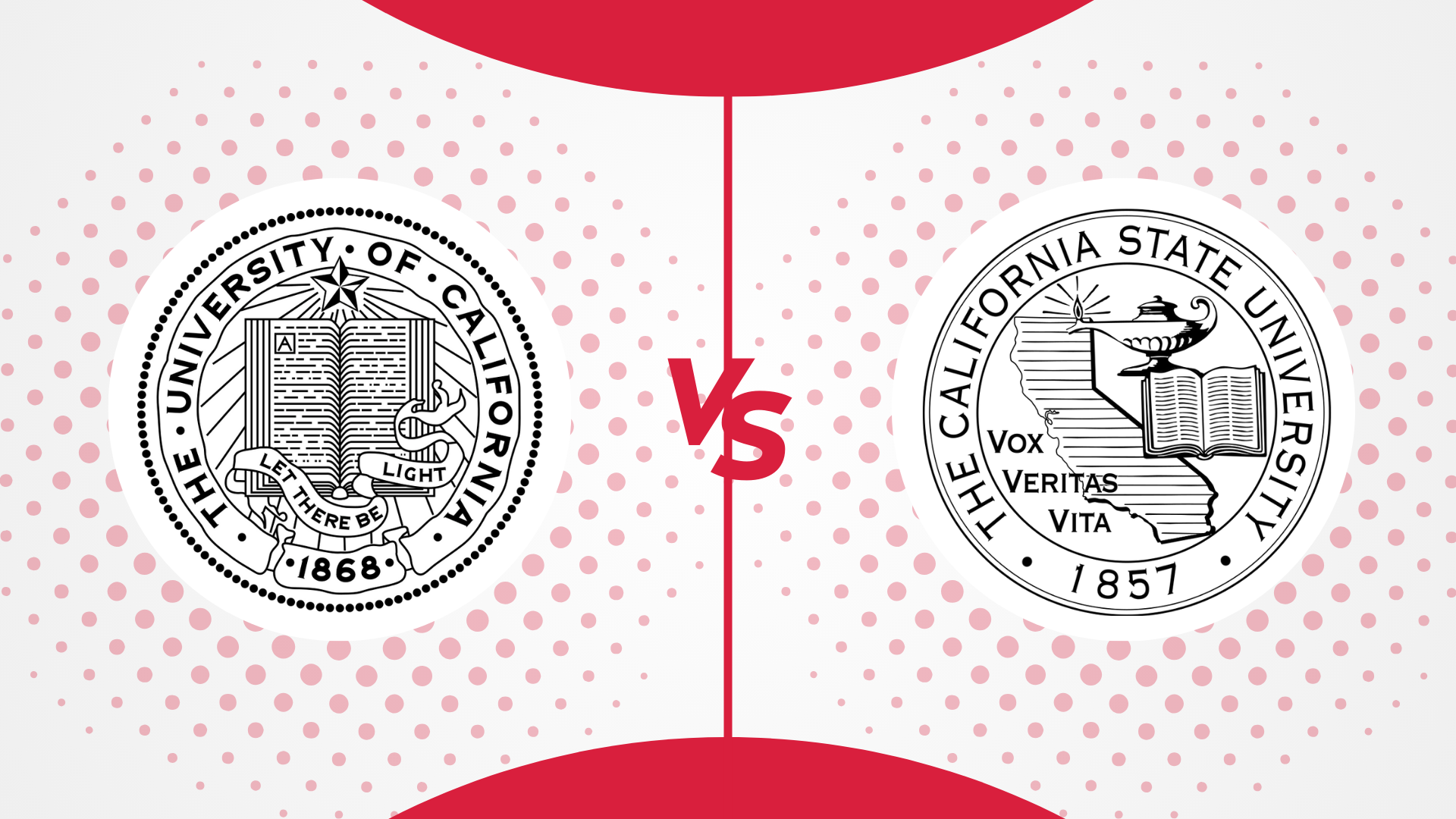
Compare more universities in USA
-
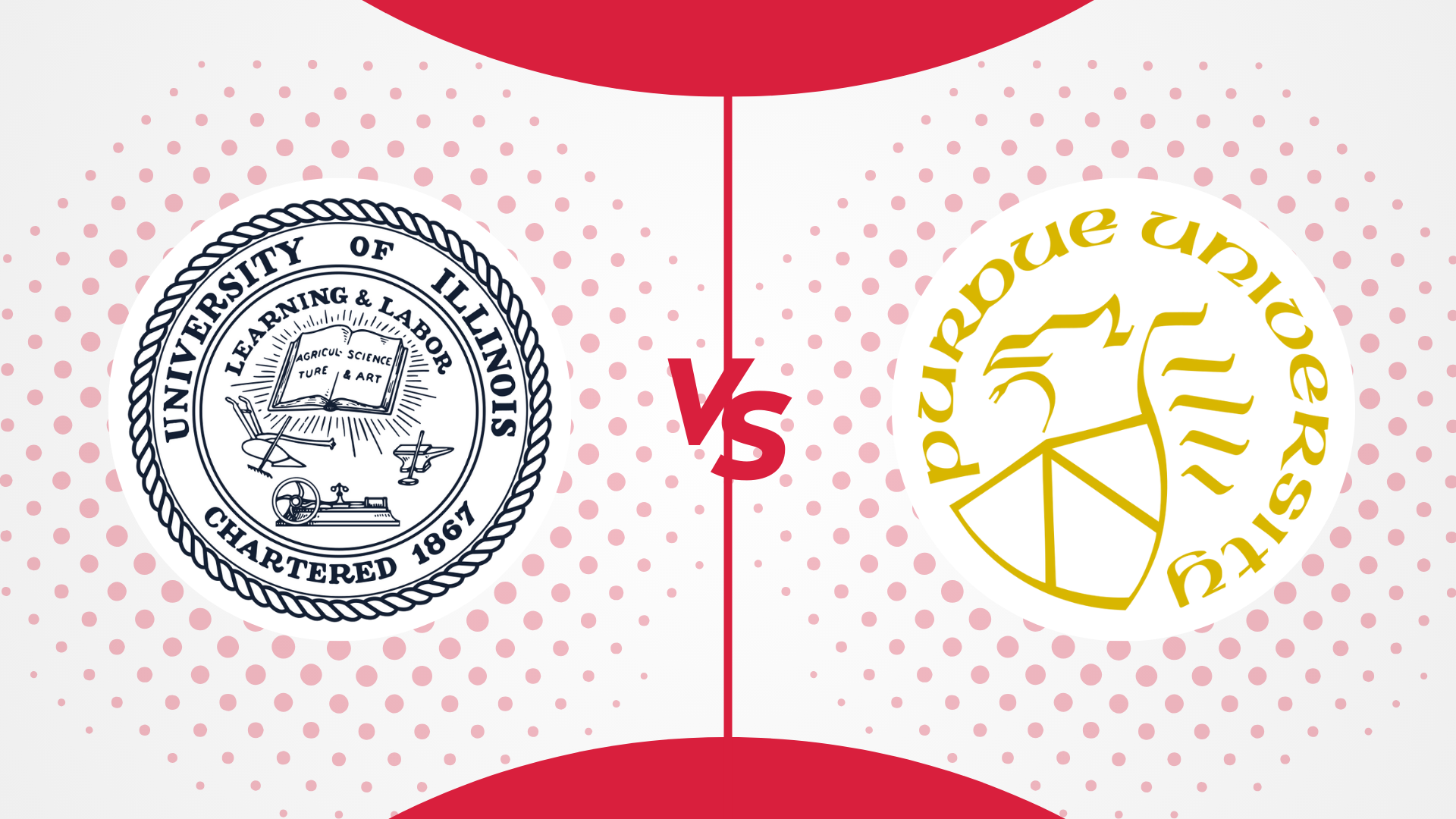
Purdue vs UIUC: How Do They Compare in 2025?
December 16, 2024 -
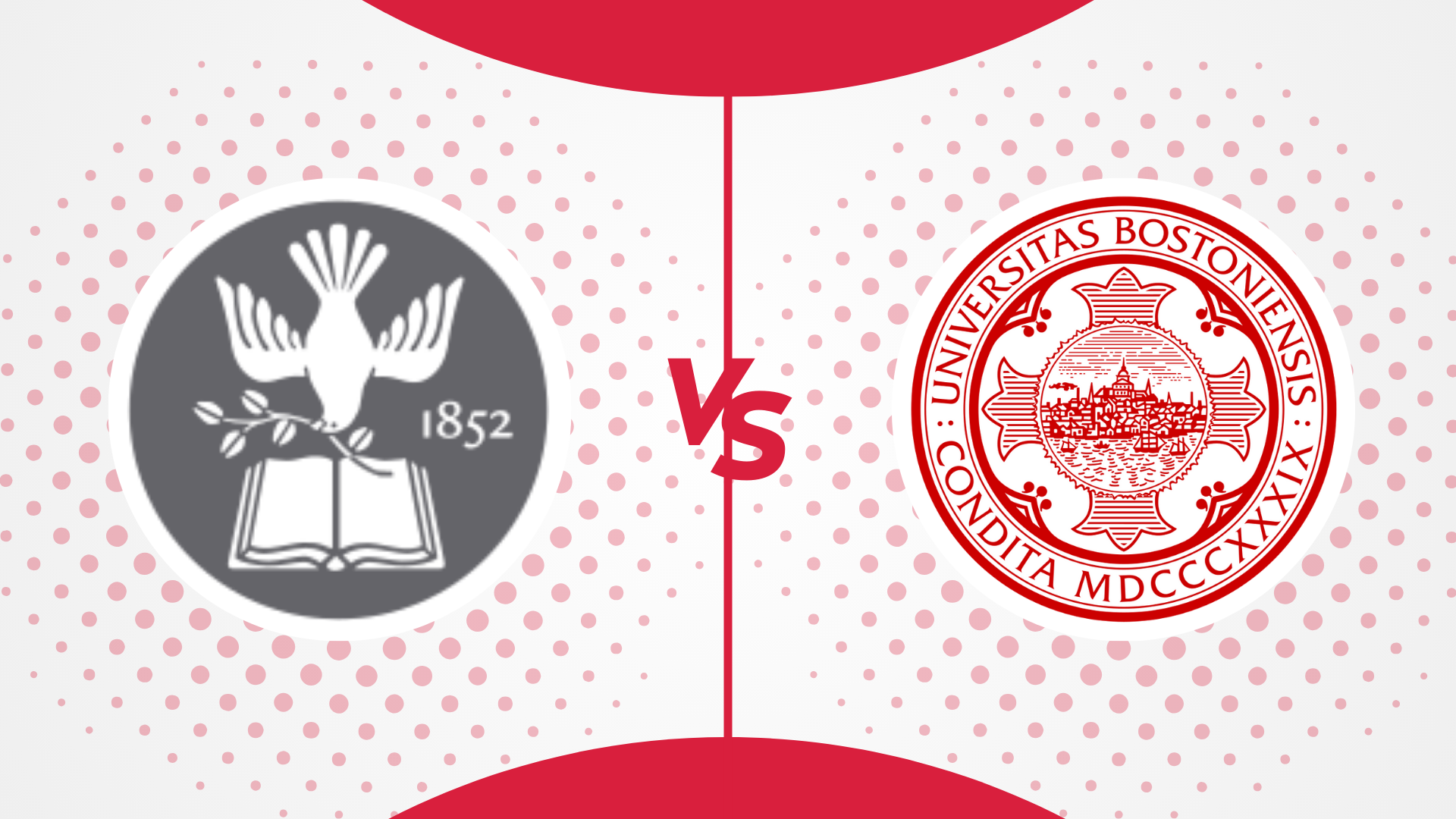
Tufts vs BU: How Do They Compare in 2025?
December 16, 2024 -

UIUC vs Georgia Tech: How Do They Compare in 2025?
December 3, 2024 -

Georgia Tech vs UT Austin: How Do They Compare? [2025]
September 24, 2024 -

UC Davis vs UC Irvine: How Do They Compare in 2024
September 10, 2024 -
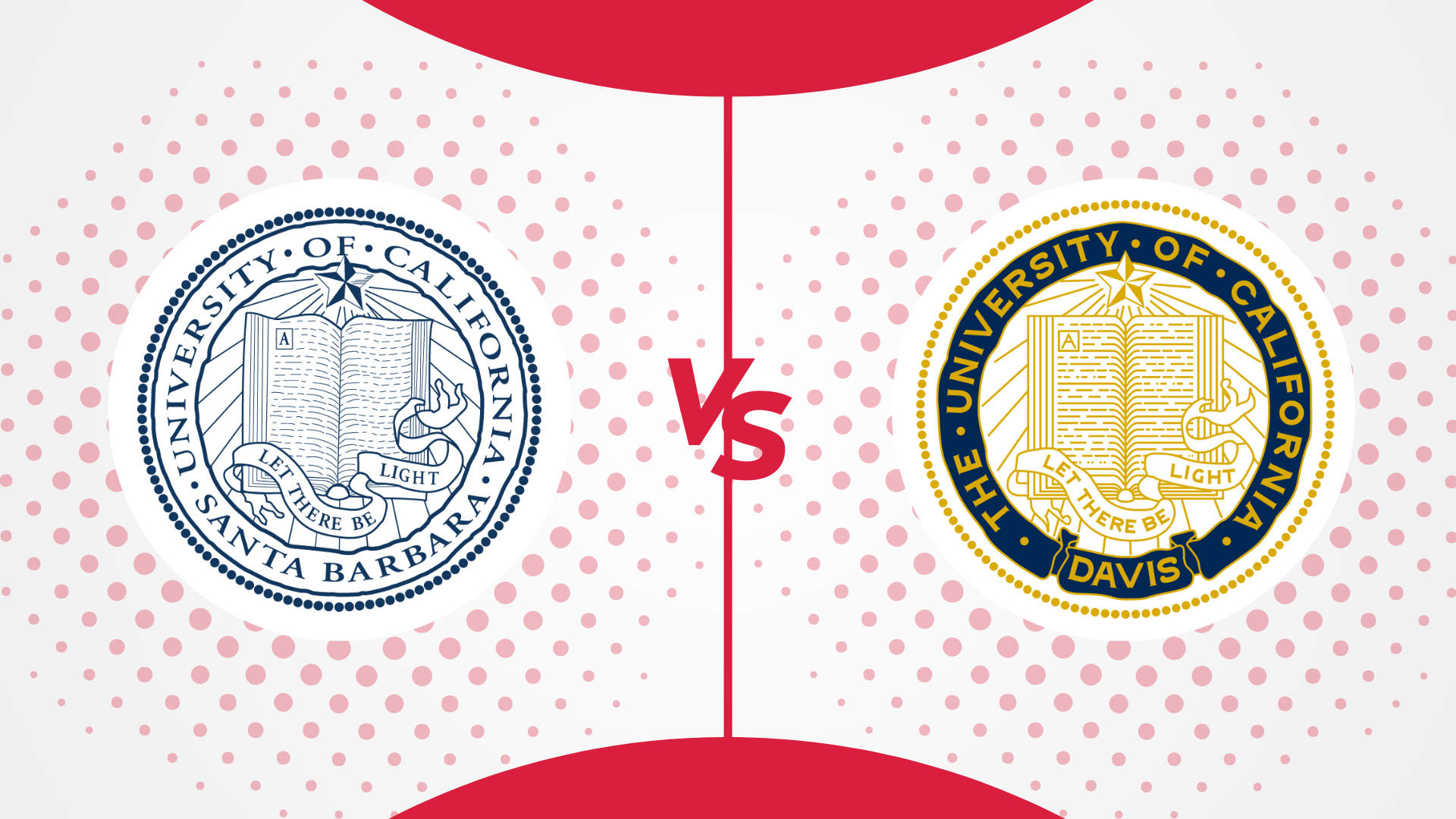
UC Santa Barbara vs UC Davis: How Do They Compare? [2024]
August 30, 2024 -
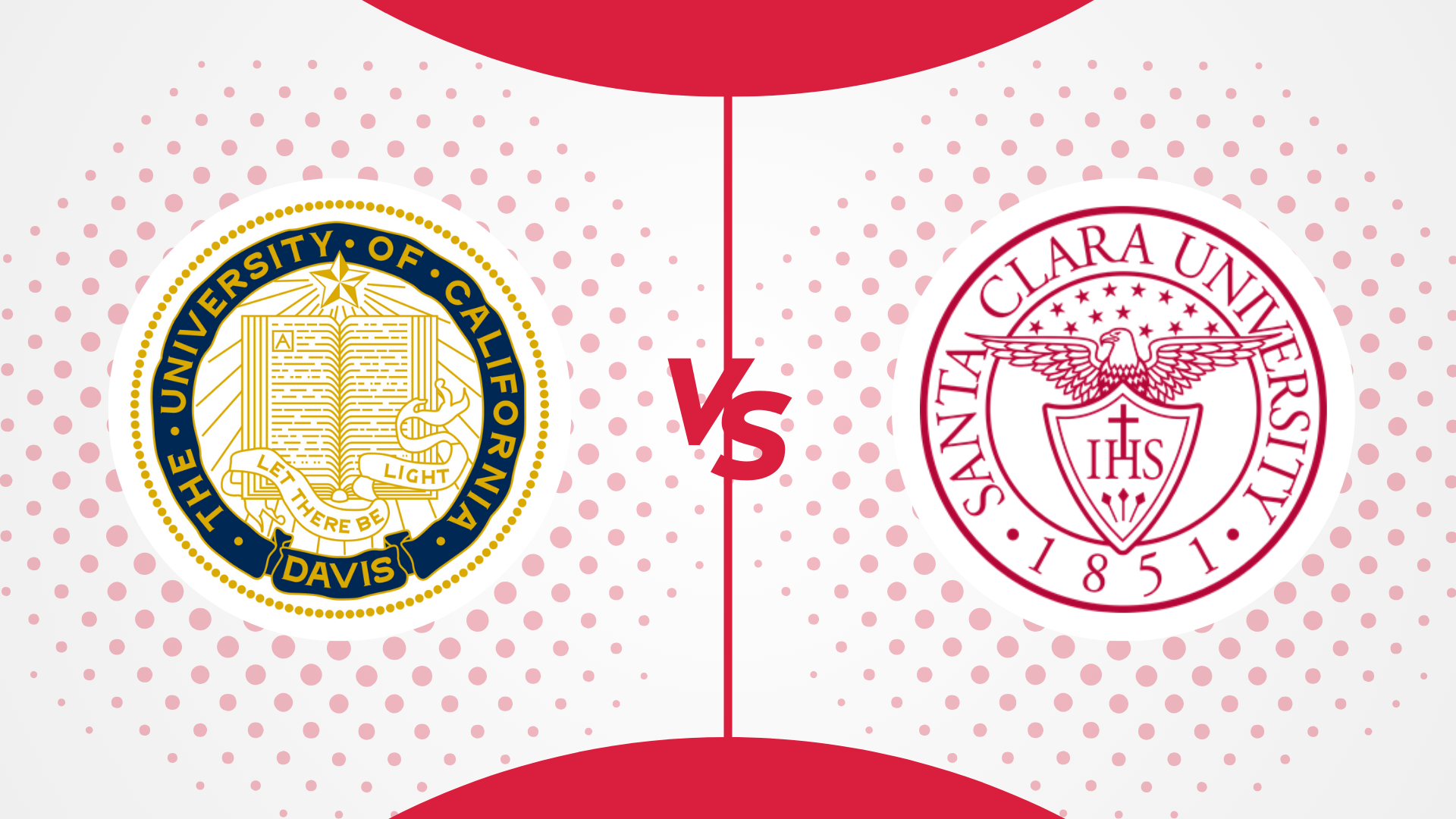
UC Davis vs Santa Clara University: How Do They Compare? [2024]
August 23, 2024 -

University of Chicago vs Northwestern University: How Do They Compare
August 20, 2024 -

Georgia Tech vs MIT: How Do They Compare? [2024]
August 7, 2024 -

Caltech vs MIT: How Do They Compare [2024]
August 2, 2024 -

MIT vs Harvard: How Do They Compare [2024]
July 27, 2024 -

Cornell vs Harvard: How Do They Compare? [2024]
July 27, 2024 -

Yale vs Harvard: How Do They Compare [2024]
July 22, 2024 -

Harvard vs Princeton: How Do They Compare [2024]
July 16, 2024 -
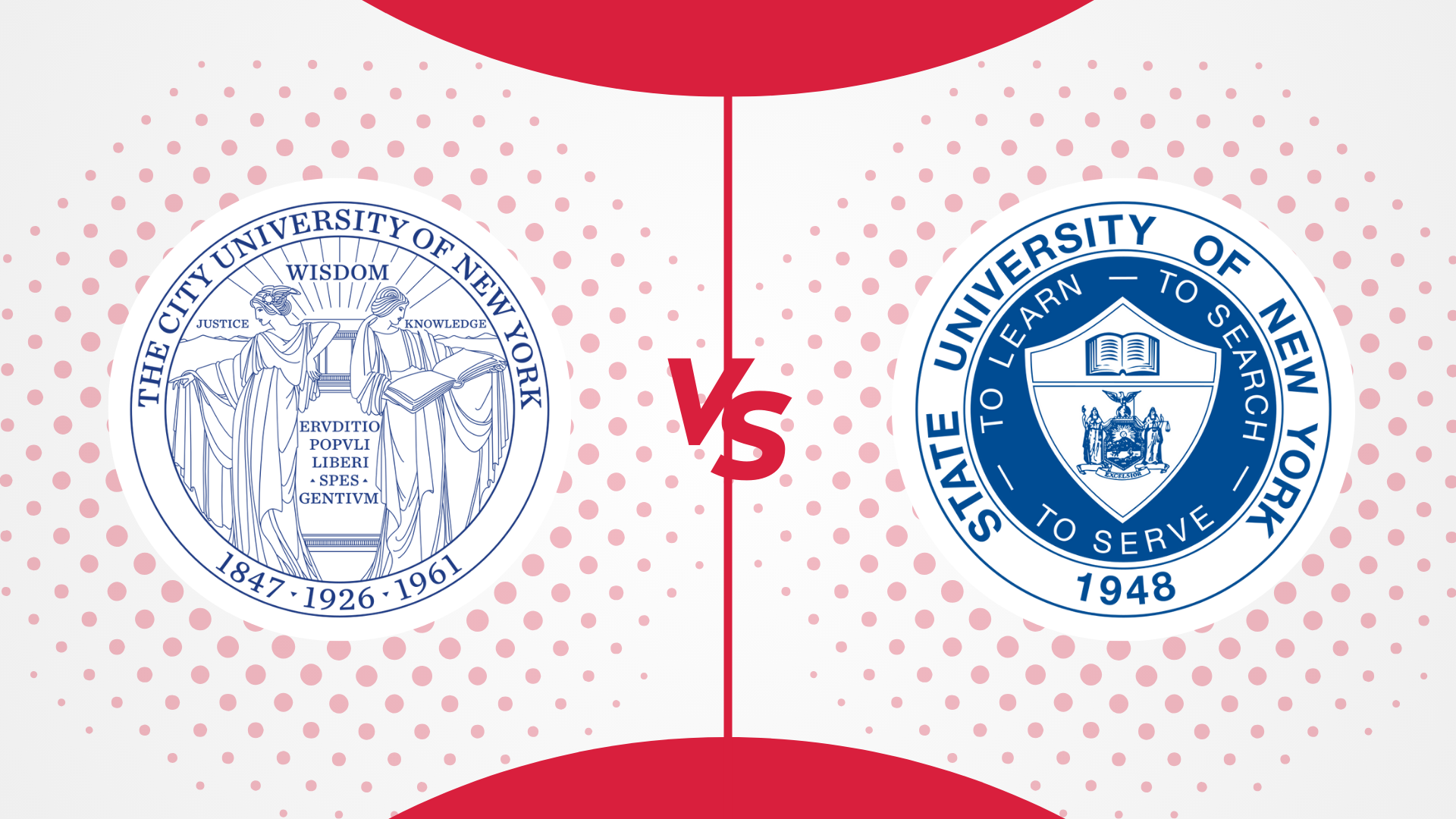
CUNY vs SUNY: Which One is For You in 2024
July 9, 2024 -
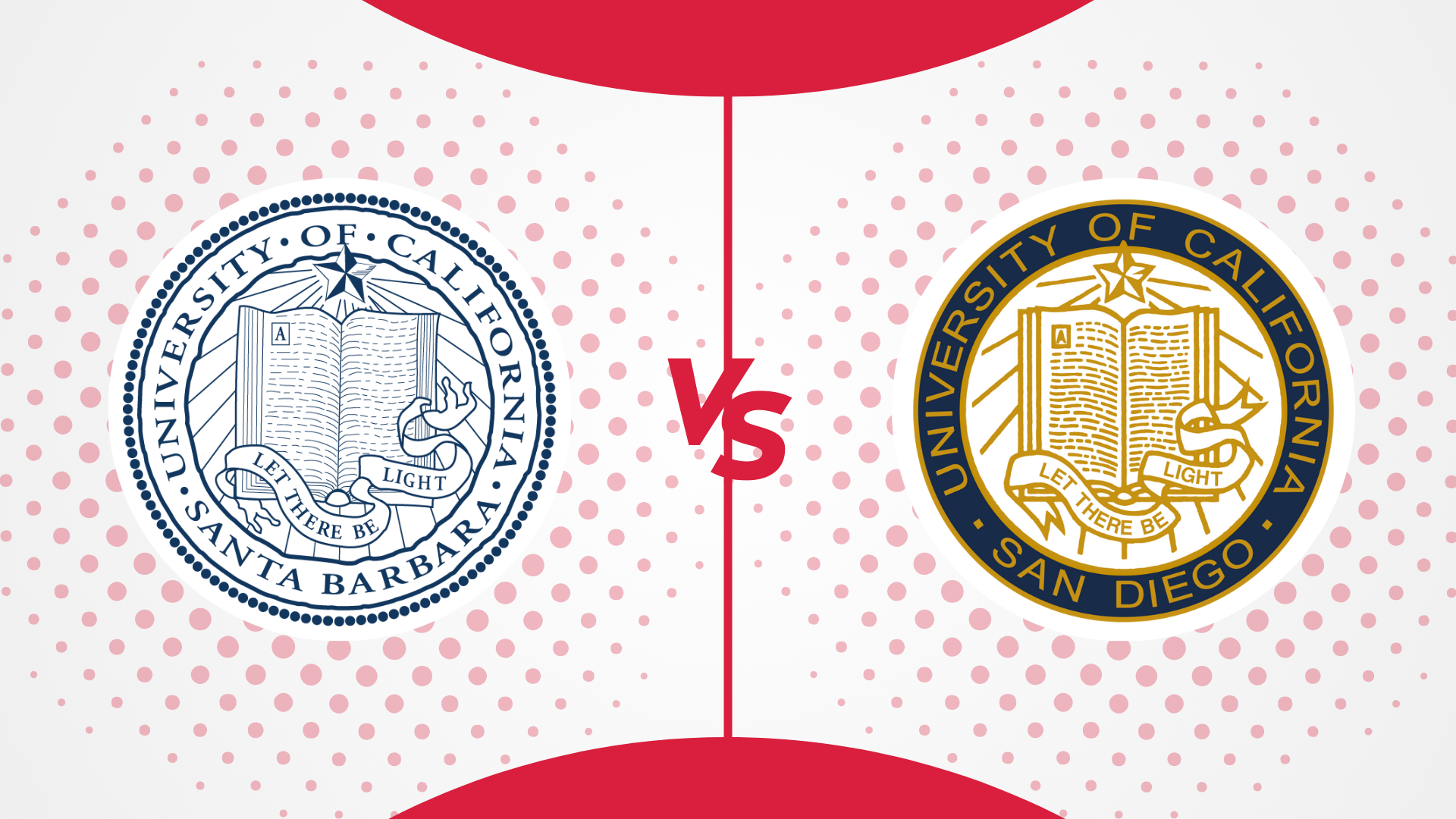
UCSD VS UCSB: Which One is Better For You in 2024
July 9, 2024 -

USD vs UCSD: Which one should you choose in 2024?
July 9, 2024 -
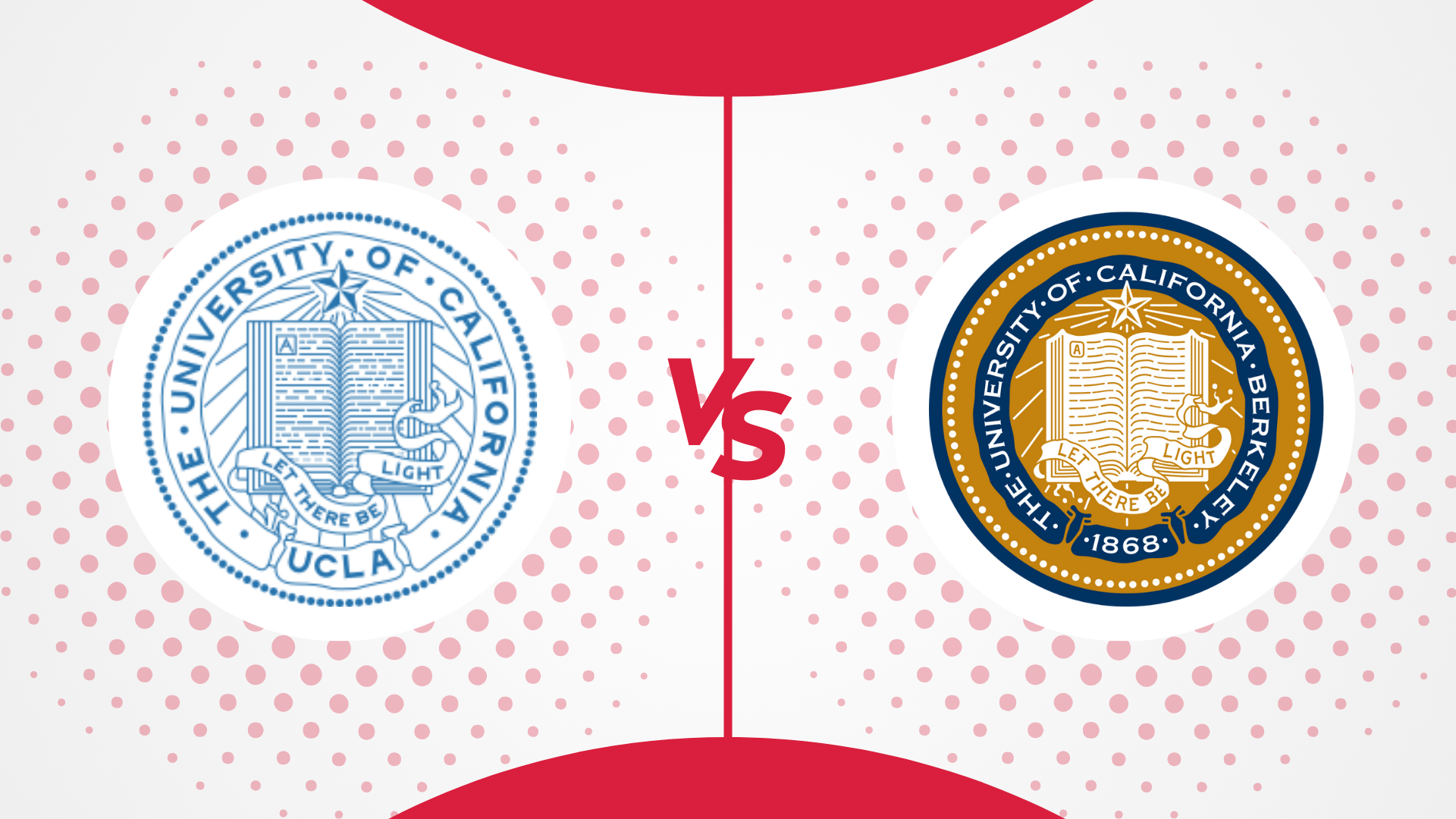
UCLA vs UC Berkeley: Which One is Best in 2024
July 9, 2024 -

University of Arizona vs Arizona State University: Which One is Better in 2024
July 9, 2024 -

Penn State vs UPenn: Which is Better for International Students in 2024
July 9, 2024 -

Northeastern vs Northwestern: Which One is Best in 2024
July 9, 2024 -

Northeastern University vs Purdue University – Which One is Better in 2024?
July 9, 2024 -

Boston College vs Boston University: Which One is the Best in 2024?
July 9, 2024 -

LSU vs UCLA: Which Is Better For You In 2024?
July 8, 2024 -

NYU vs Boston University: Which One Is Better For You In 2024
July 8, 2024 -

USC vs UCLA: Which One Is Better For You In 2024?
July 5, 2024 -
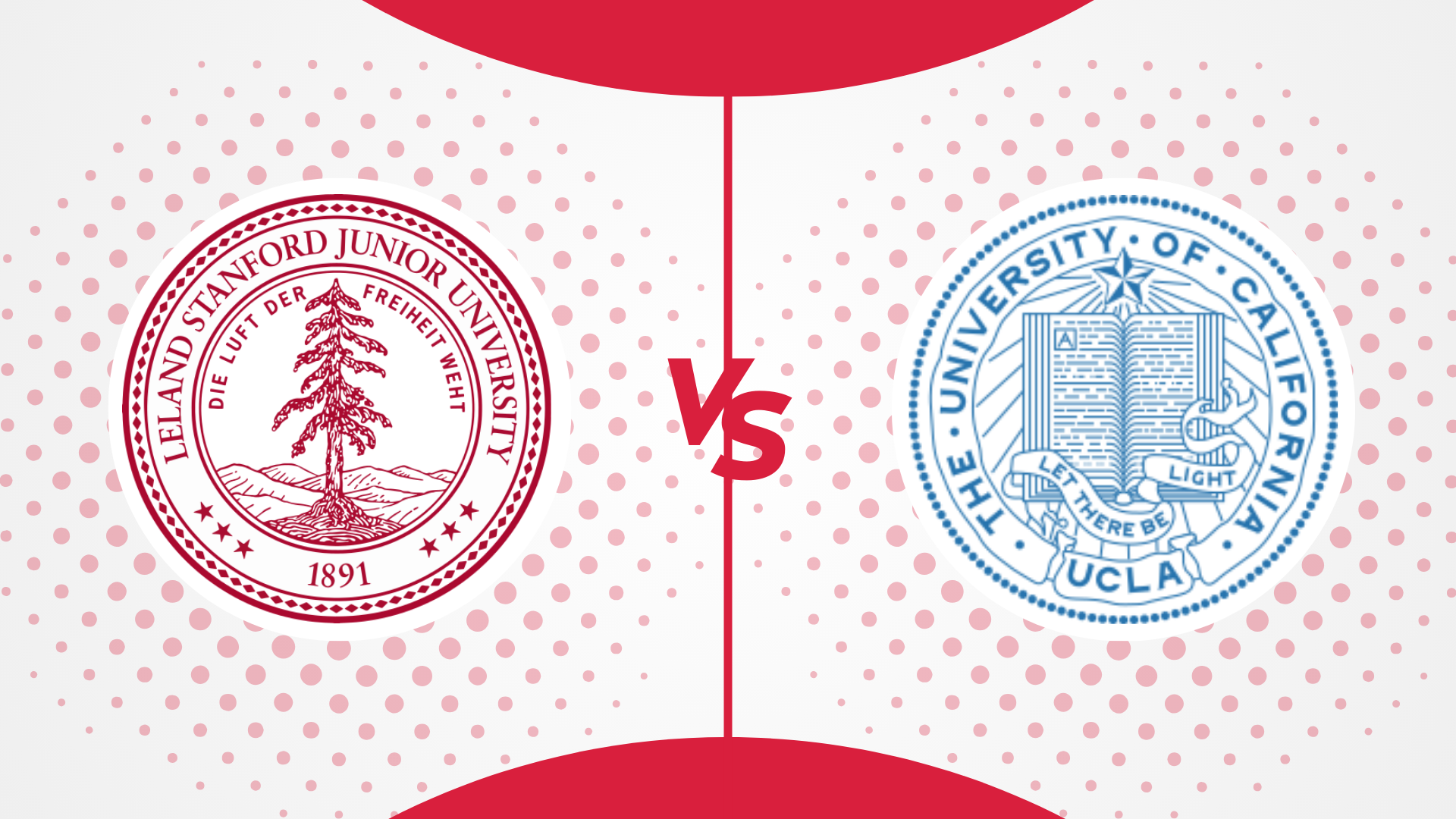
Stanford vs UCLA: Which One is Better For You in 2024
June 28, 2024 -

USC vs Stanford: Which One is Better For You in 2024
June 28, 2024 -
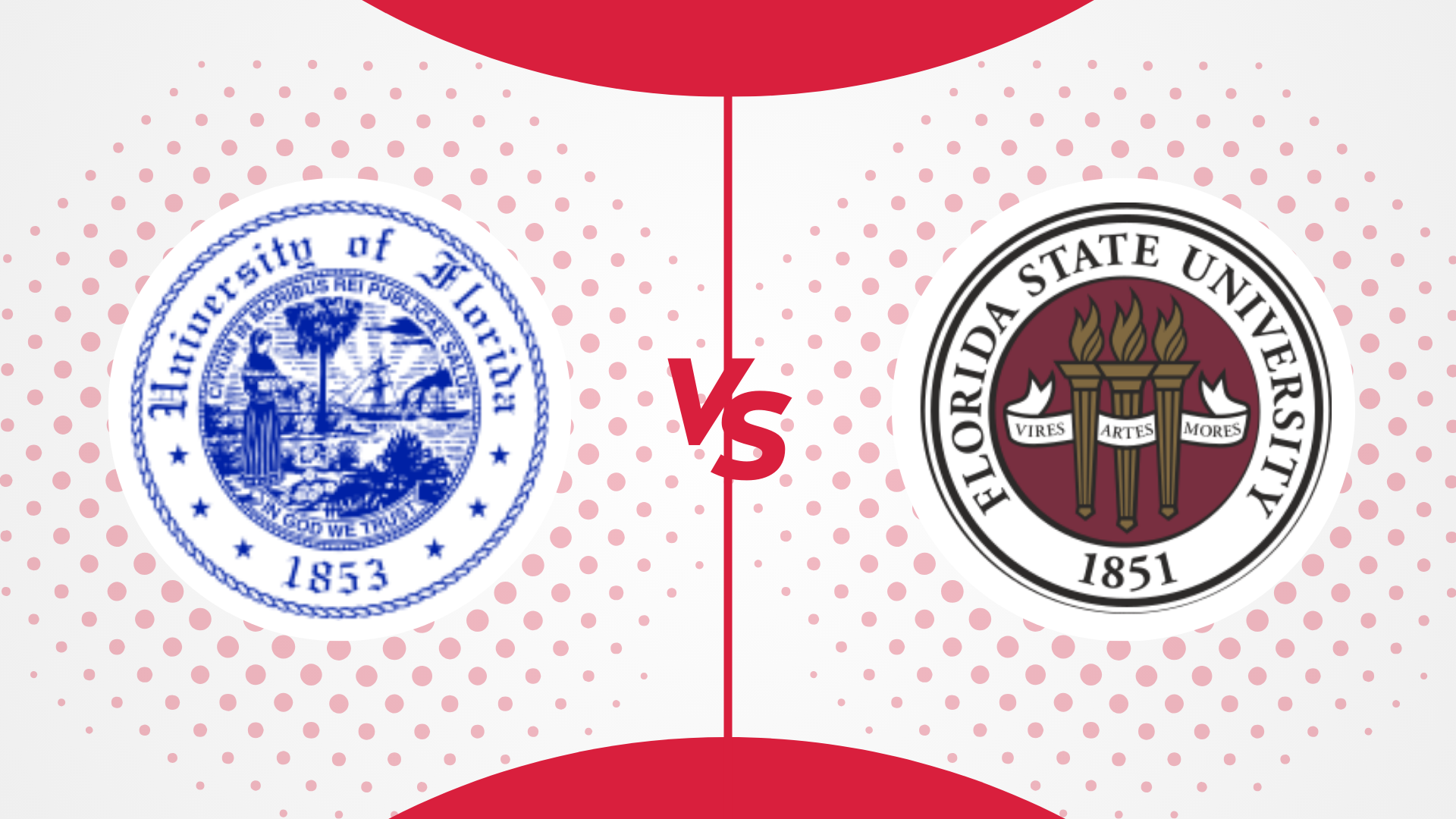
University of Florida vs Florida State University: Which One is Better For You in 2024
June 28, 2024 -

NYU vs Columbia: Which Is Better In 2024?
June 28, 2024 -

Princeton vs Columbia: Which Is Better In 2024?
June 28, 2024 -

NYU vs Cornell: Which One Is Better In 2024?
June 28, 2024 -

Boston University vs Northeastern: Which one is best in 2024
June 28, 2024 -

NYU vs UCLA: Which Is Better For You In 2024?
June 28, 2024














